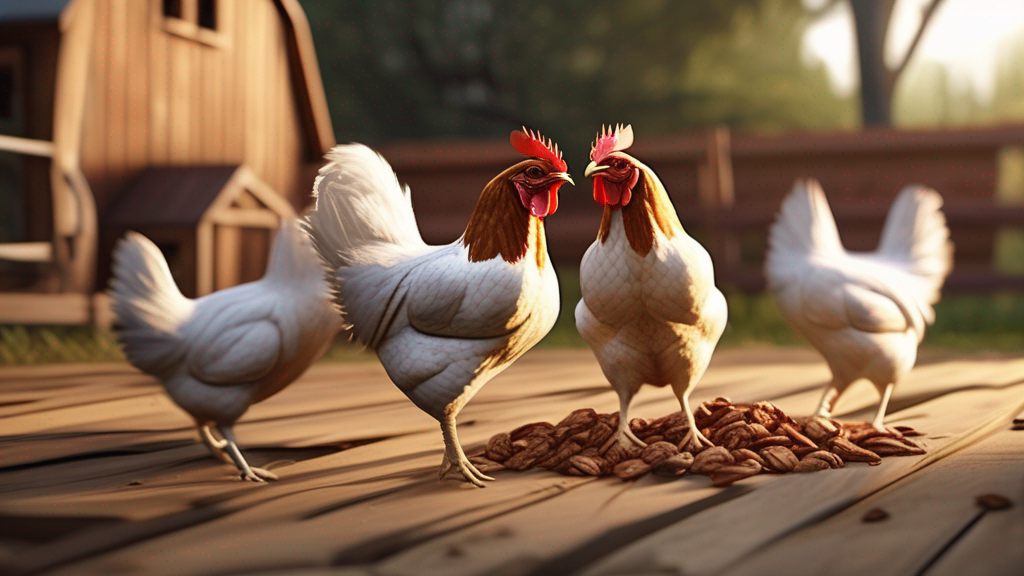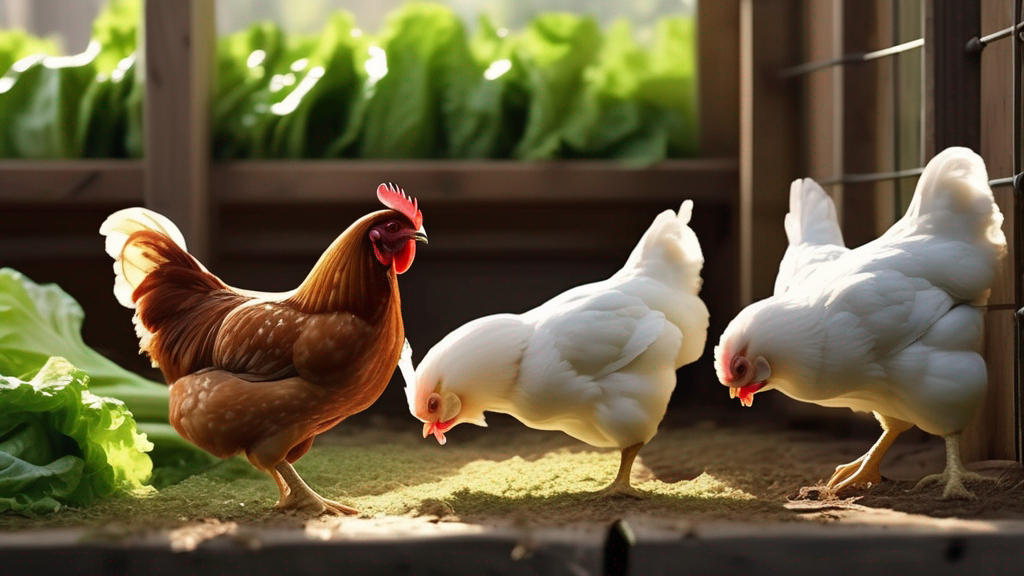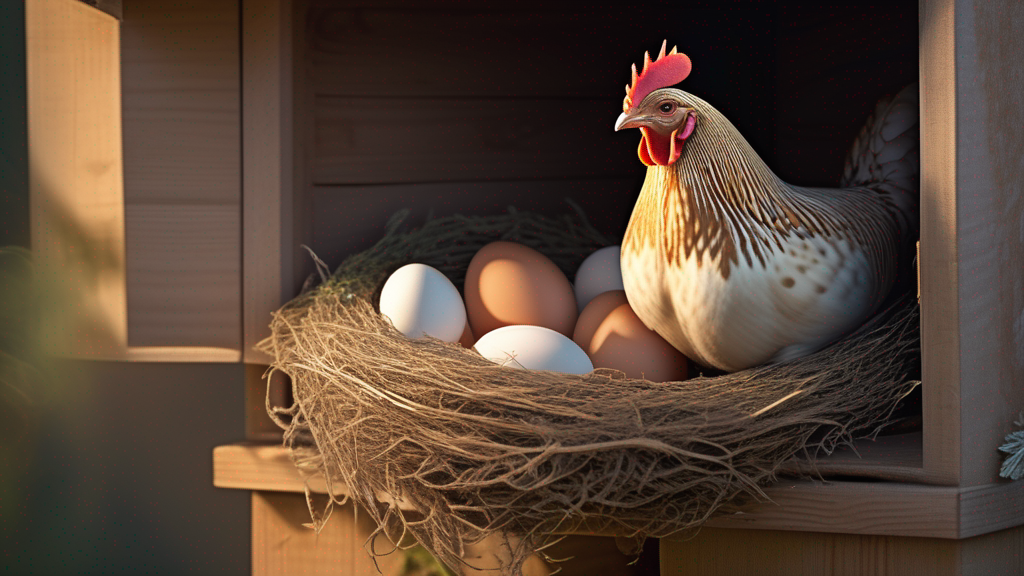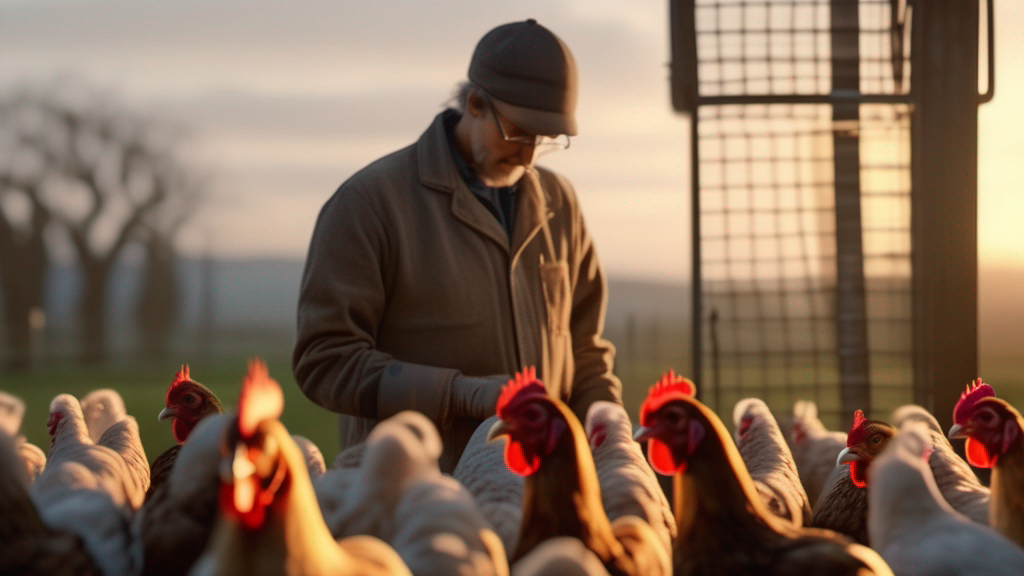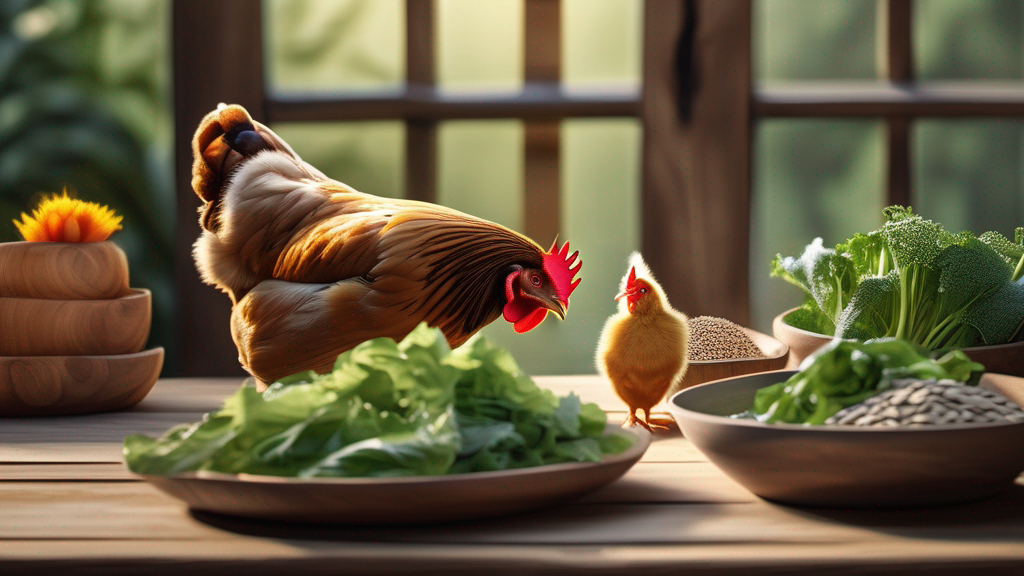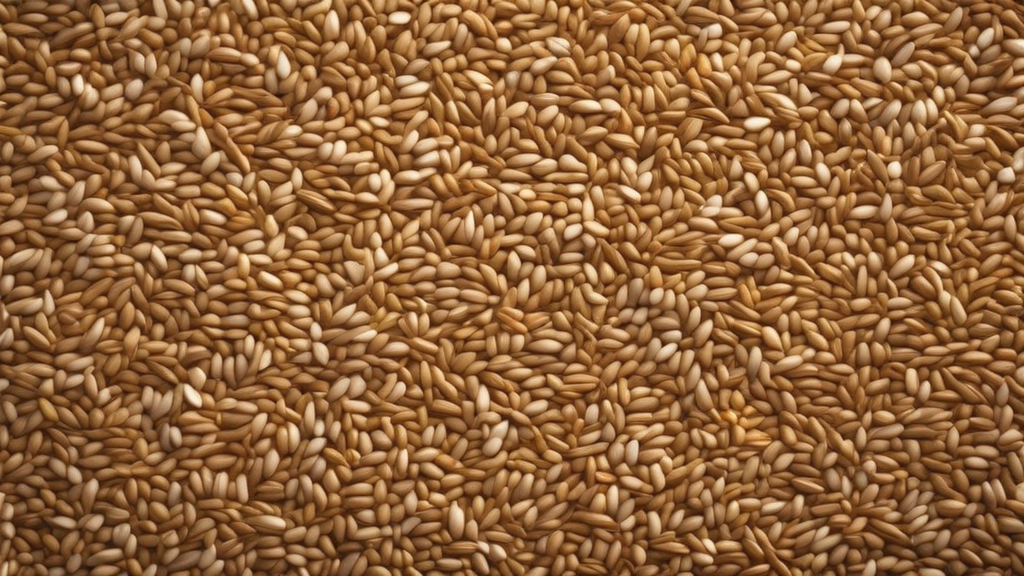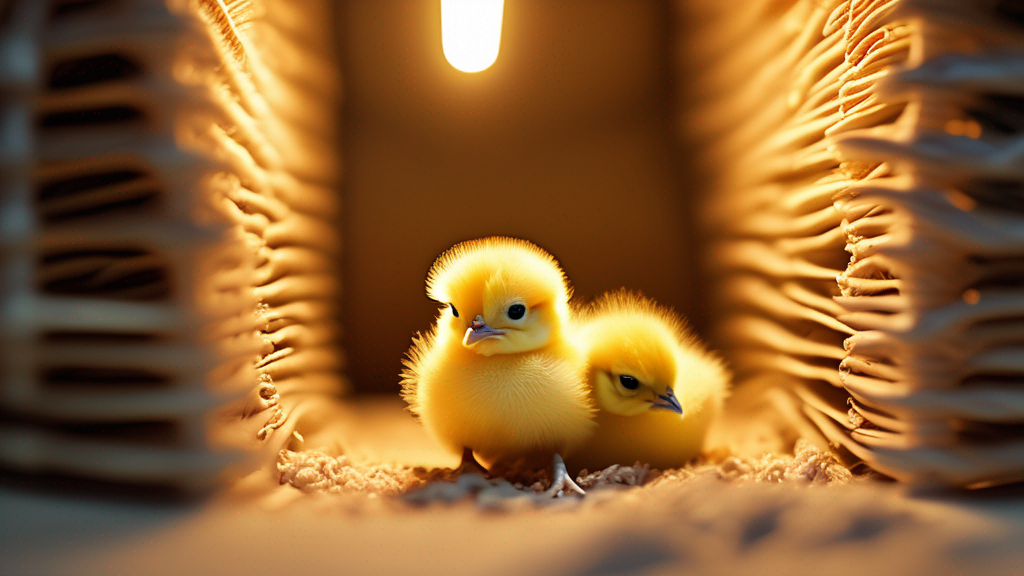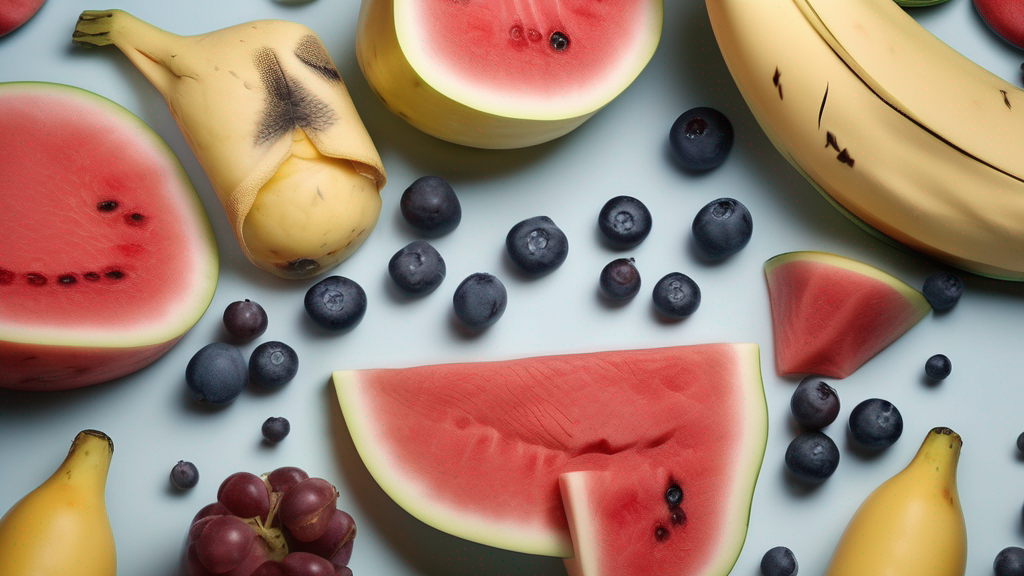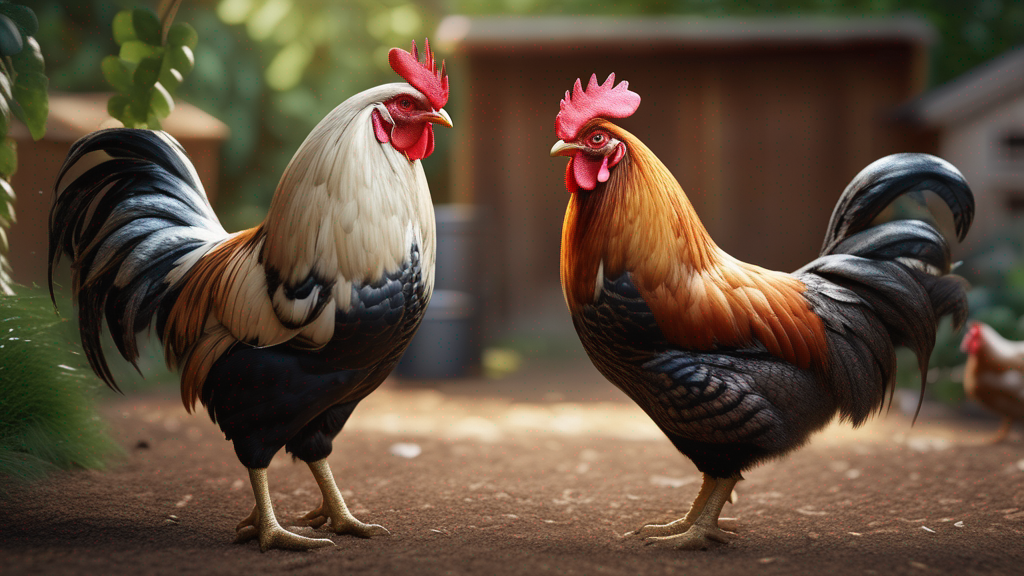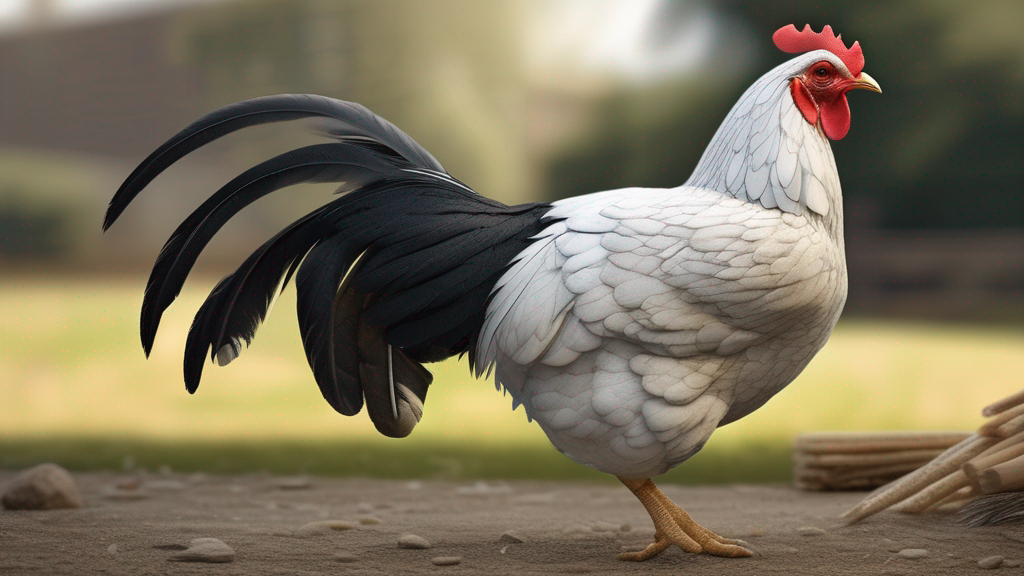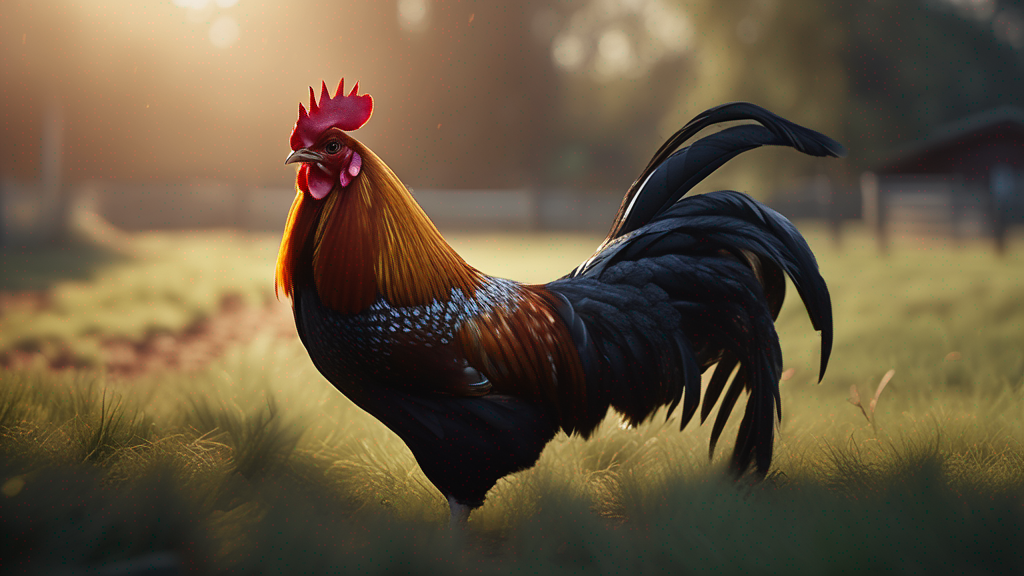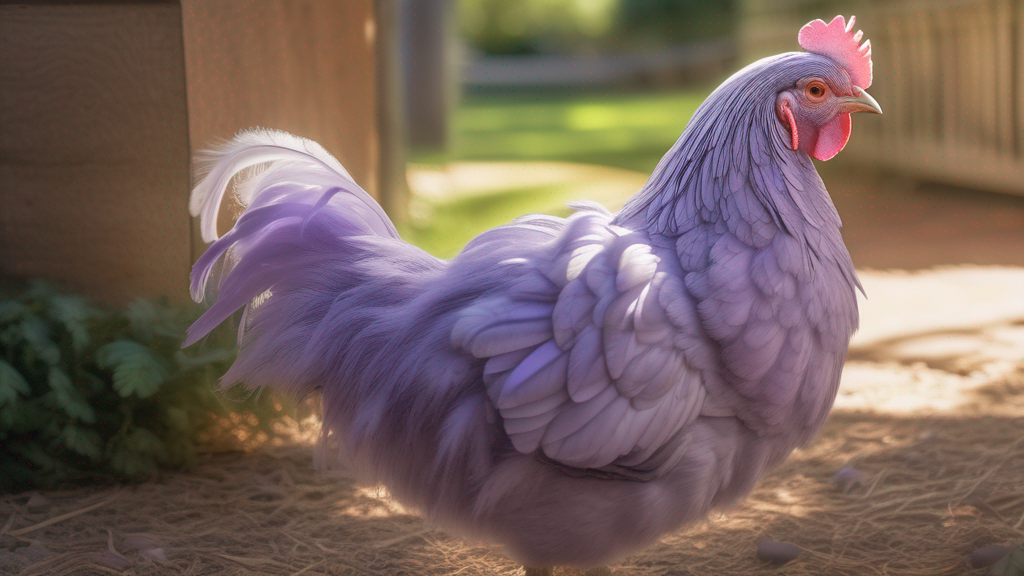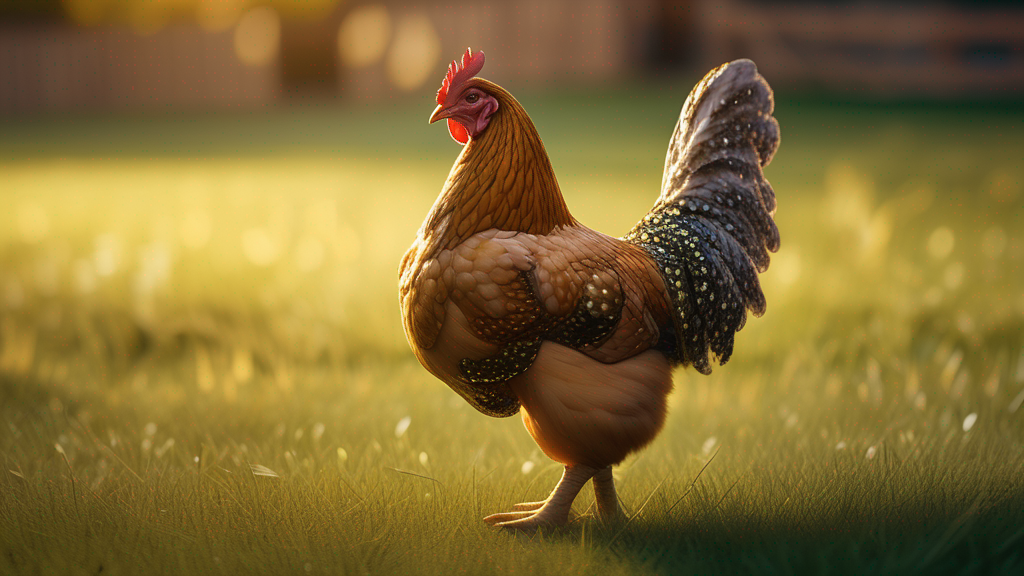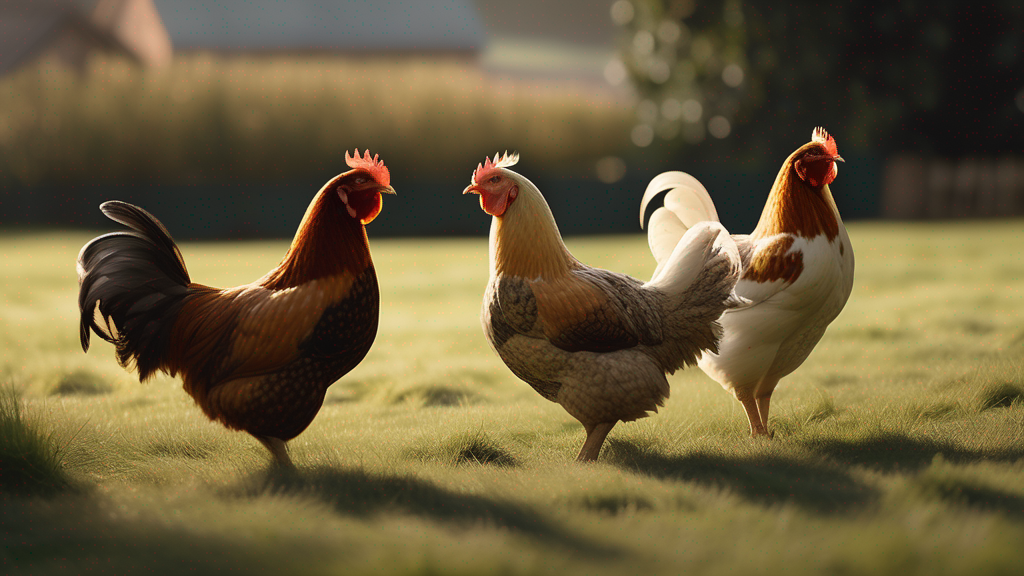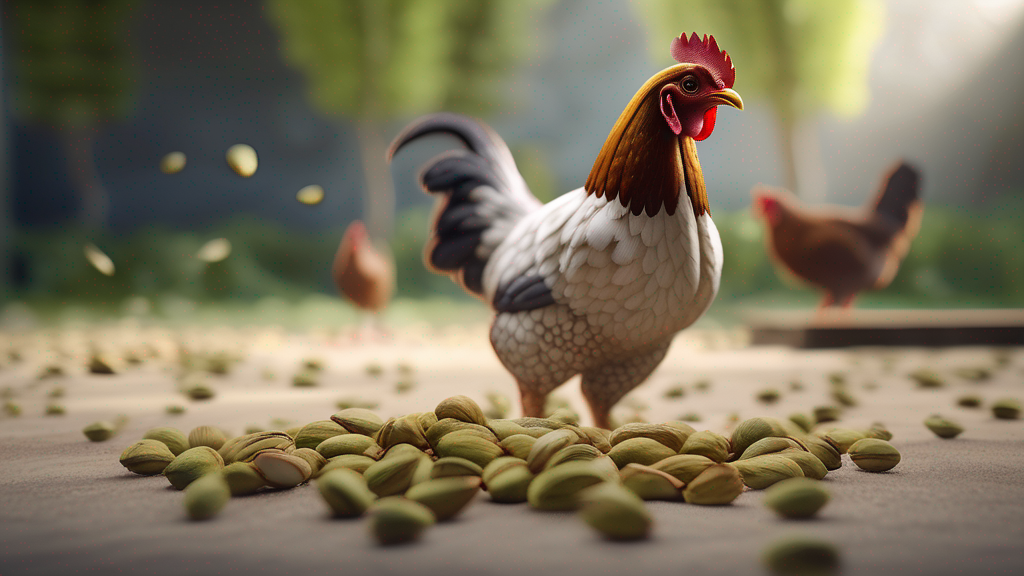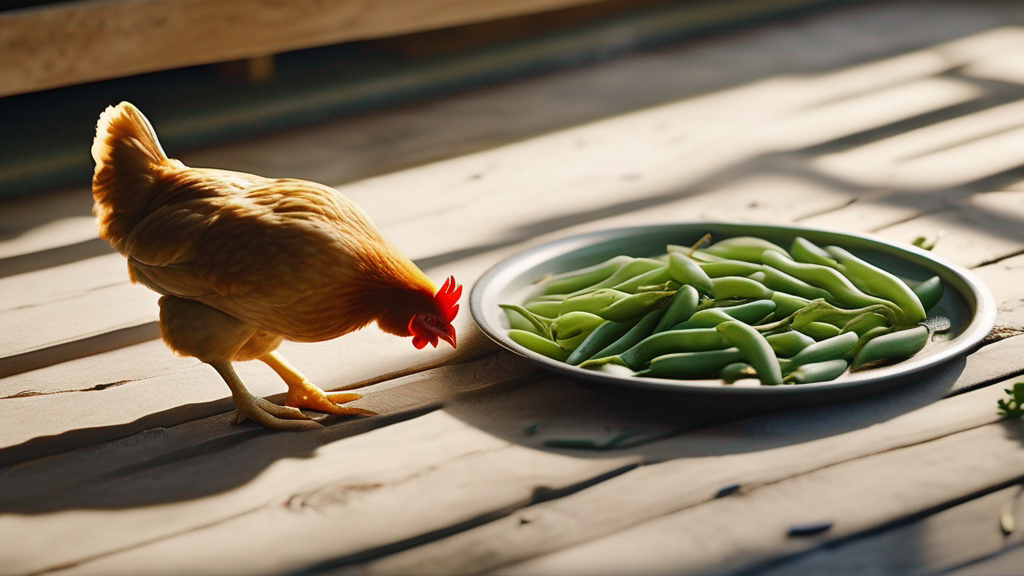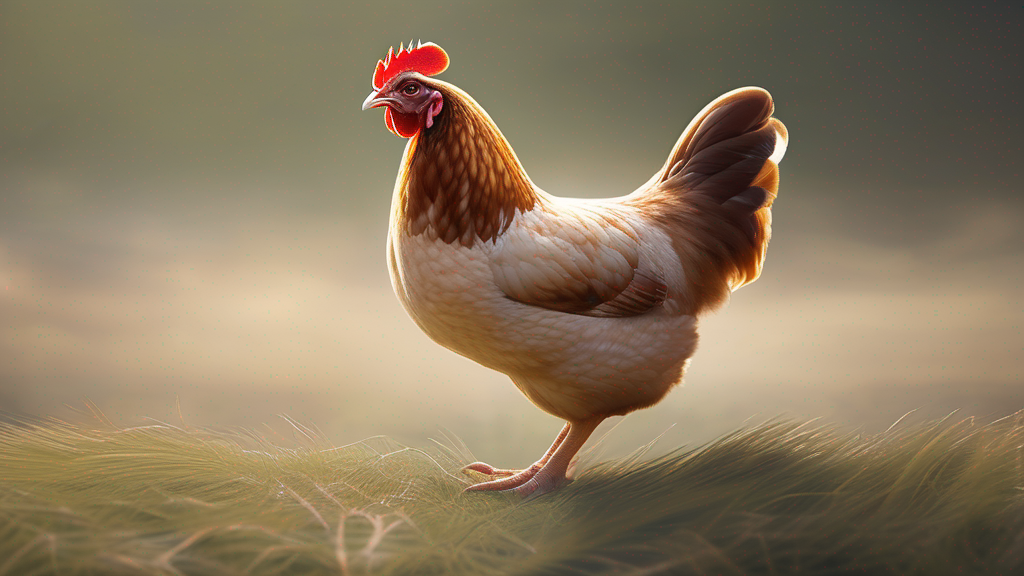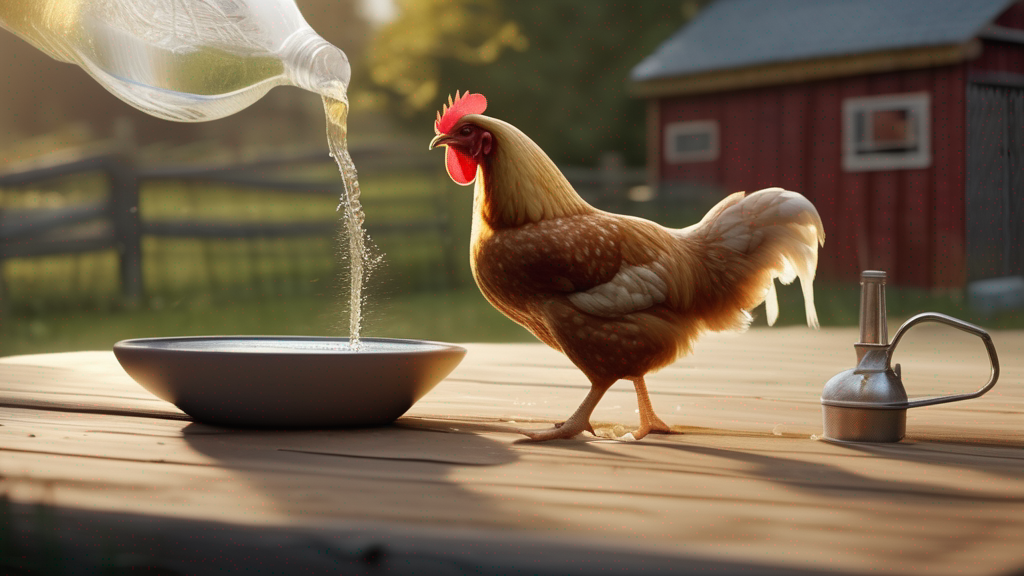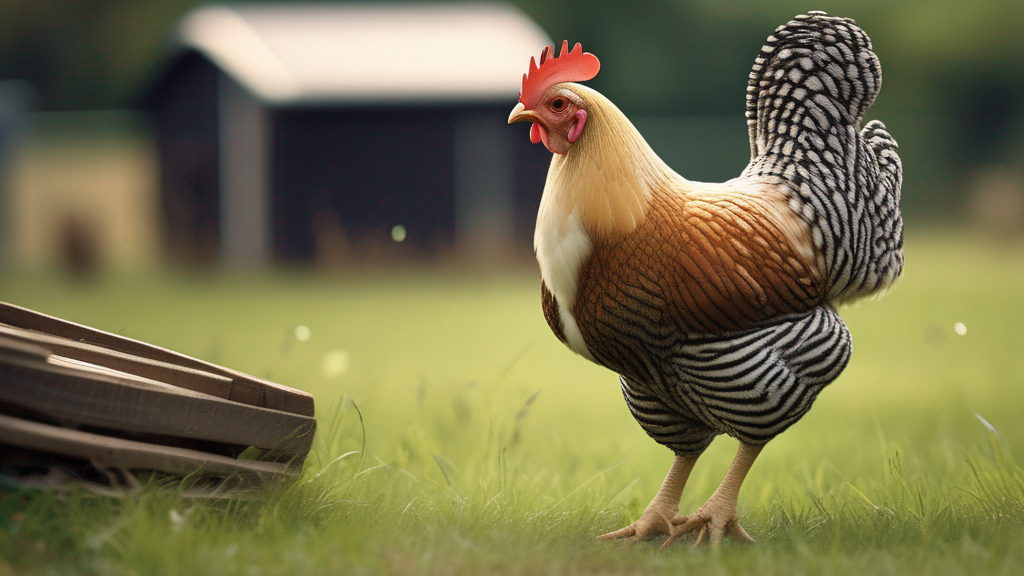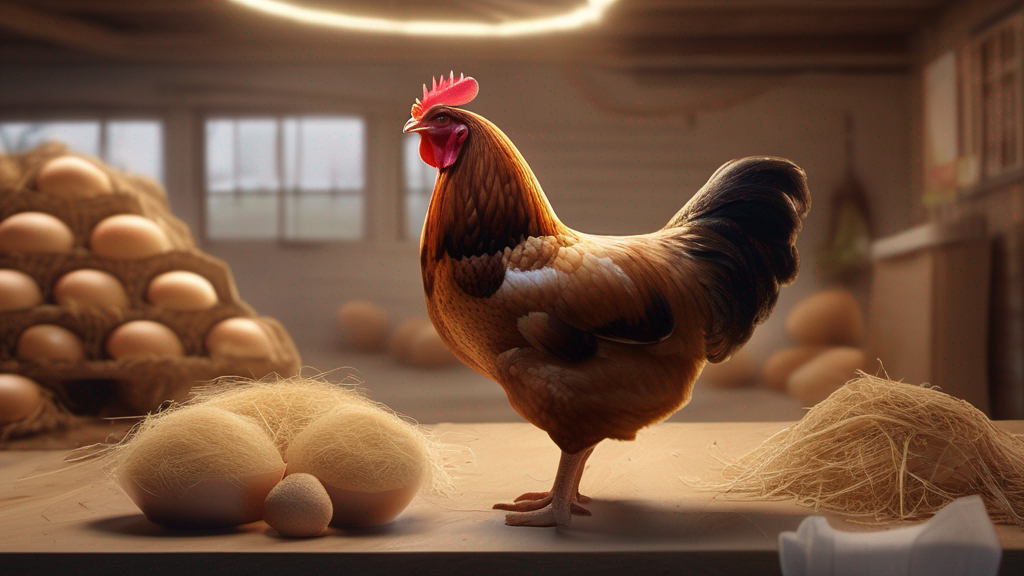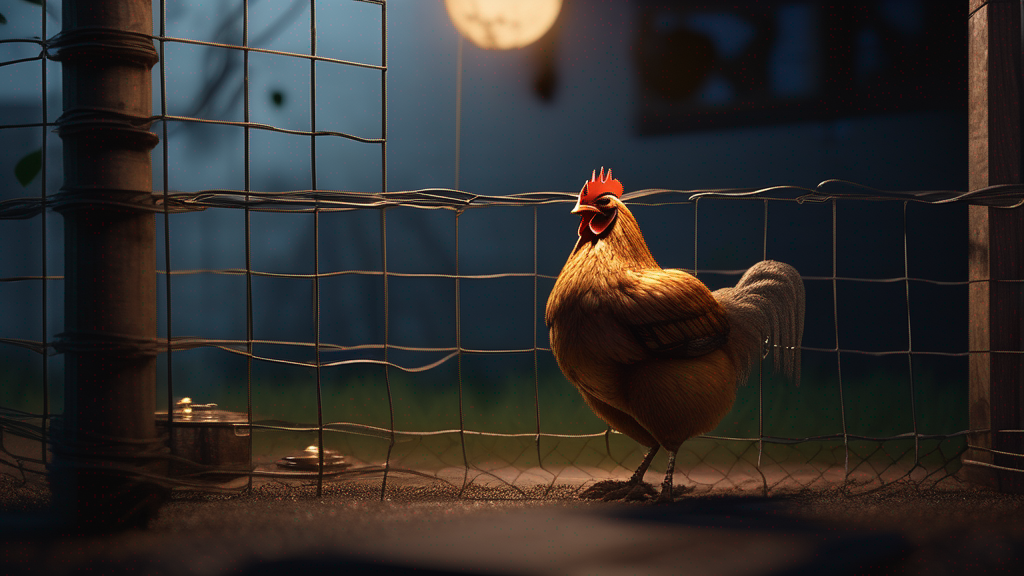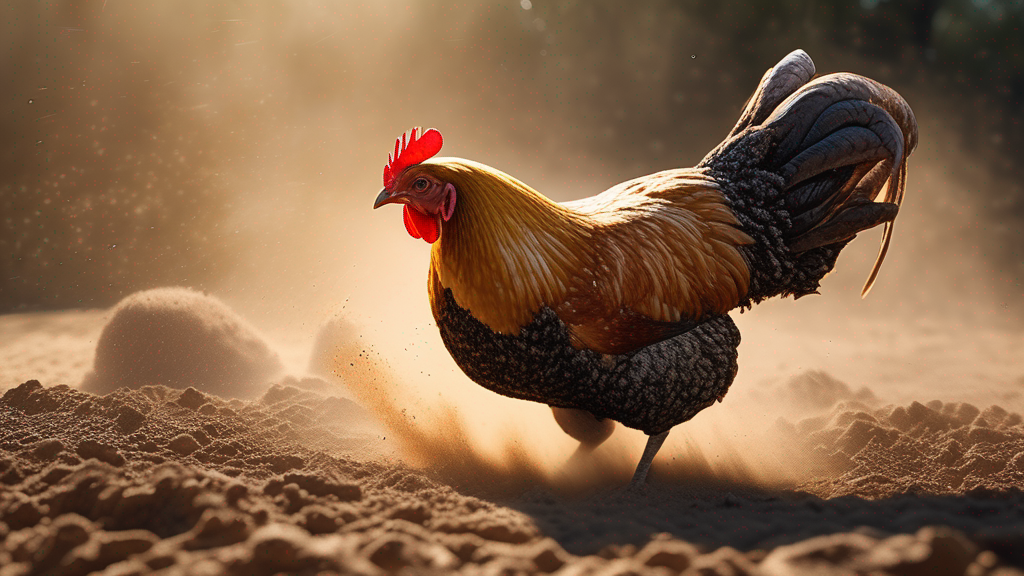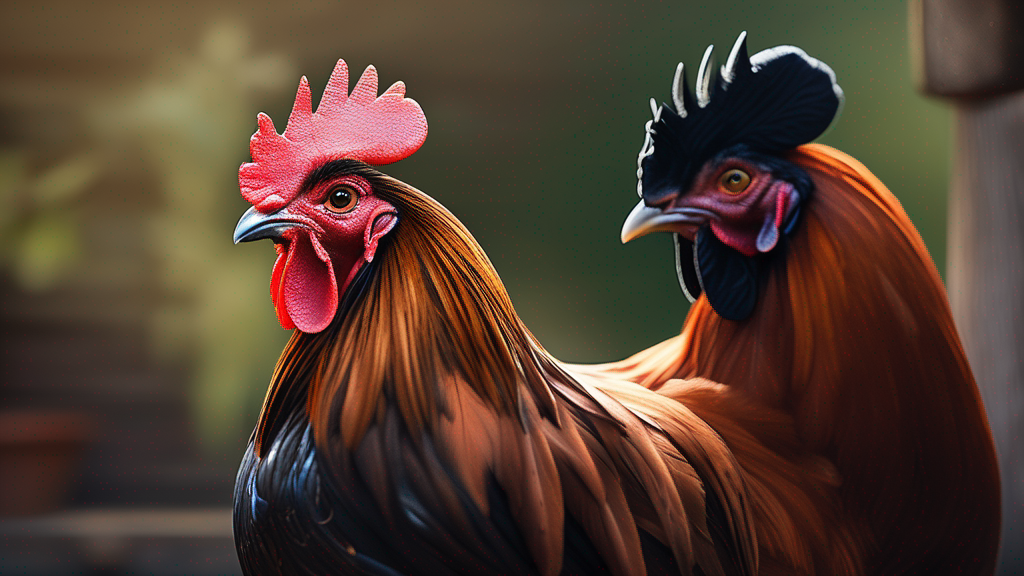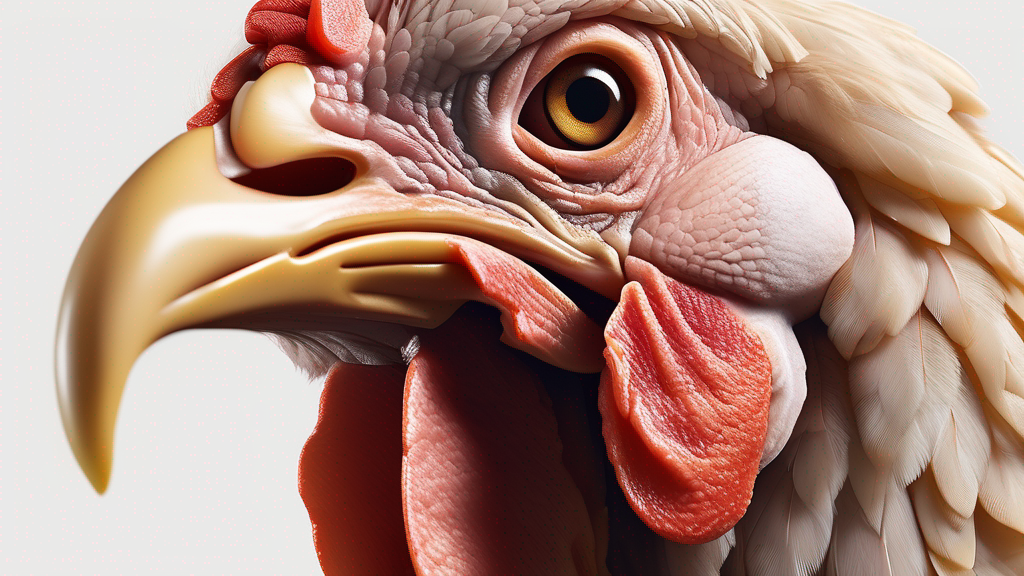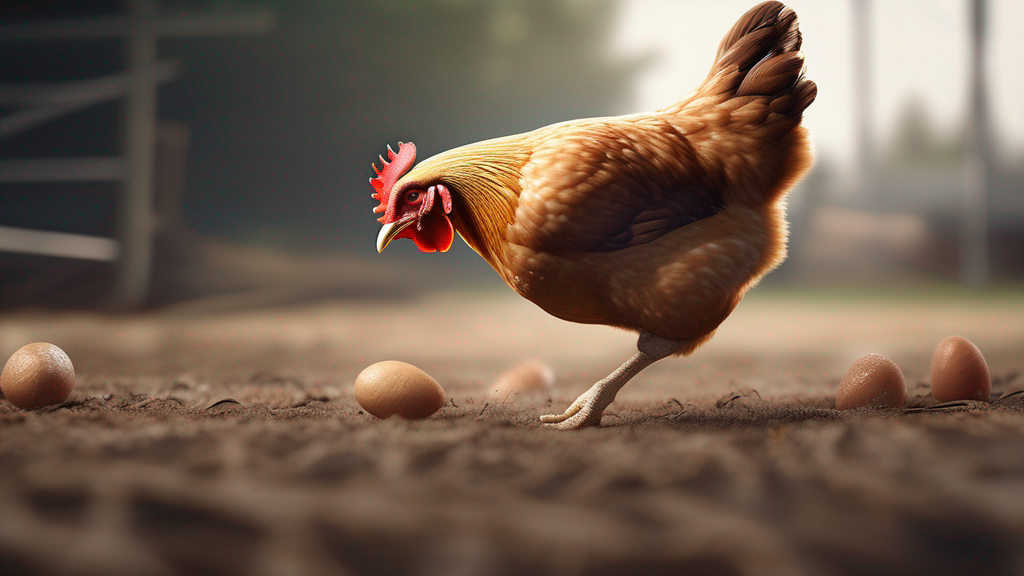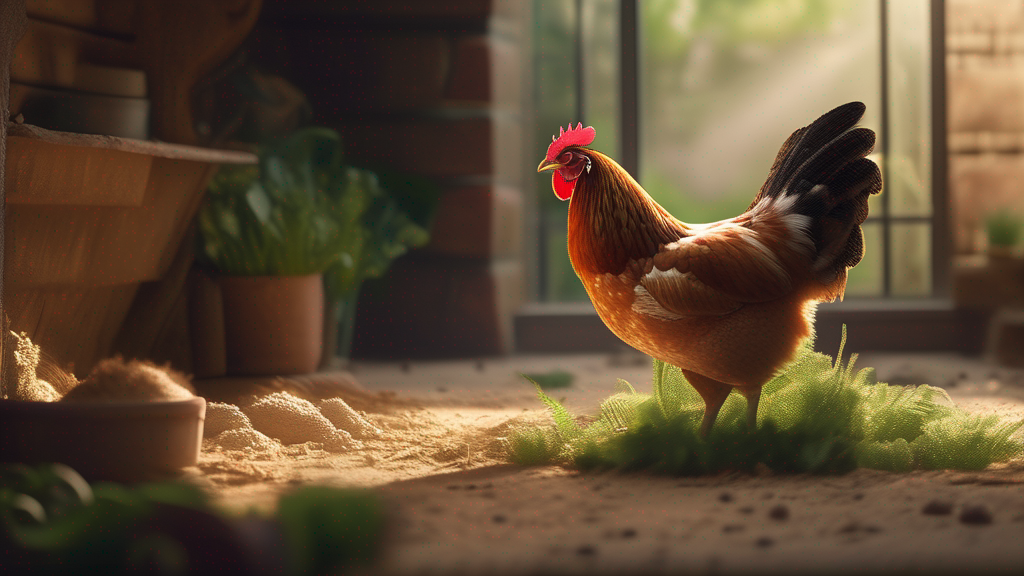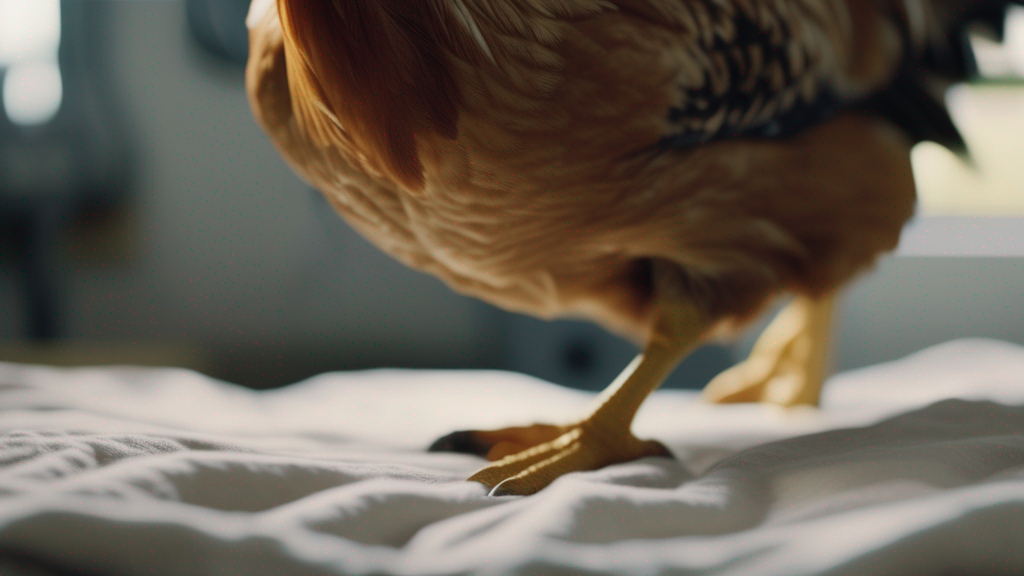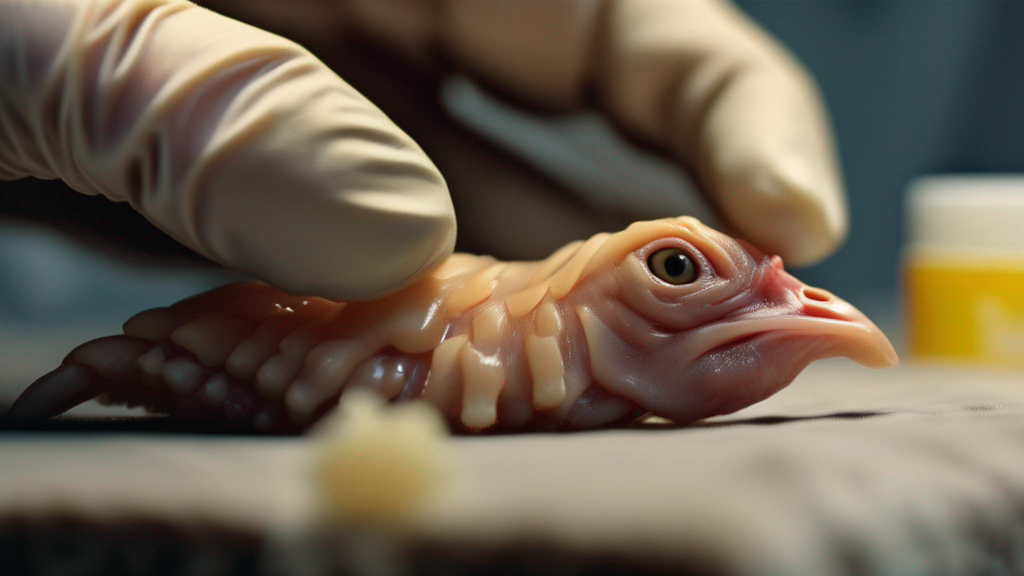Egg binding (being “egg bound”) is a serious and potentially life-threatening condition in laying hens when an egg becomes stuck in the oviduct and cannot be passed naturally. Recognizing causes, early signs, and adopting preventive measures are critical to flock health. In this guide, we’ll cover what egg binding is, detailed causes, risk factors, clinical signs, immediate interventions, long-term prevention strategies, nutritional and environmental considerations, and FAQs to help backyard chicken keepers manage and reduce the incidence of egg-bound hens.
What Is Egg Binding?
Egg binding occurs when a hen is unable to expel an egg from her reproductive tract within a normal laying cycle. The retained egg can block the oviduct, leading to pressure, damage to internal tissues, and systemic shock if not resolved quickly. Hens that remain egg bound beyond 24–48 hours face high risk of serious complications or death if untreated. Early detection and prompt care are essential for successful outcomes.
Common Causes of Egg Binding
Egg binding often results from multiple interacting factors. Understanding these helps in both treatment and prevention:
- Calcium Deficiency: Inadequate calcium intake leads to poor muscle contractions in the oviduct and weak eggshell formation. Thin-shelled or shell-less eggs are harder to pass and more prone to collapse, blocking the tract.
- Large or Abnormal Eggs: Eggs that are oversized relative to the hen’s body (e.g., first-time layers laying prematurely, older hens producing oversized eggs) or double-yolk eggs can become stuck. Genetic predisposition or diet imbalances triggering unusually large eggs elevate risk.
- Obesity or Underweight: Overweight hens may lack the muscle tone or mobility necessary for effective laying, while underweight hens may be too weak or have insufficient reserves to push an egg. Both extremes contribute to egg binding risk.
- Age and Maturity: Young pullets beginning lay before adequate maturity or older hens nearing end of laying life may be prone. Pullets may produce first eggs that are too large; older hens may have weakened oviduct muscles or underlying health issues delaying egg passage.
- Dehydration: Insufficient water intake leads to dry tissues and reduced lubrication in the oviduct, making it harder for eggs to move through. Hot weather or limited access to clean water exacerbates this.
- Insufficient Exercise: Lack of movement or confinement prevents hens from adopting postures and muscular actions that support normal egg laying. Free-ranging or ample run space encourages activity that aids reproductive health.
- Stress and Environmental Factors: Sudden changes in flock hierarchy, predator presence, loud noises, or frequent disruptions can trigger stress-induced hormonal imbalances, interfering with normal laying and increasing egg binding risk.
- Underlying Health Issues: Reproductive tract infections (e.g., salpingitis), tumors, or physical abnormalities in the oviduct can block egg passage. Respiratory or systemic illnesses may also weaken hens, impairing muscle function needed for laying.
- Poor Body Condition and Nutrition: Diets lacking balanced protein, vitamins (especially A, D3), and trace minerals (phosphorus, magnesium) can impair egg formation and oviduct health. Excessive high-carb/high-fat treats leading to nutrient dilution also contribute.
Risk Factors & Predispositions
Certain hens or management scenarios are more prone to egg binding:
- First-Time Layers: Pullets around onset of lay often produce irregular or large eggs before fully matured reproductive tracts.
- High-Producing Breeds: Strains bred for intensive laying may have higher metabolic demands and nutritional needs; inadequate diet can precipitate binding.
- Broody Hens: Hens that sit on nests for extended periods may skip laying cycles or produce eggs irregularly, increasing binding risk.
- Cold or Hot Extremes: Temperature stress (extreme cold or heat) can reduce feed/water intake, affecting muscle function and egg formation.
- Inadequate Lighting Management: Sudden changes in daylight exposure (e.g., artificial lighting mismanagement) can disrupt laying cycles and stress hens.
- Genetic Predisposition: Some lines may be more susceptible to reproductive issues; selecting breeding stock with robust reproductive health helps reduce incidence.
Signs & Symptoms of Egg Binding
Early recognition of egg binding improves chances of successful intervention. Key signs include:
- Straining Without Laying: Hen appears to sit in nesting box repeatedly, straining or squatting as if to lay but no egg emerges.
- Depressed or Lethargic Behavior: Less active, drooping wings, fluffed feathers, isolation from flock.
- Frequent Sitting: Remaining in nest box for extended periods, reluctant to move or forage.
- Visible Distension: Swollen or hard abdomen; in some cases, the egg may be felt inside the lower abdomen.
- Rapid or Shallow Breathing: Discomfort can cause respiratory changes; open-mouth breathing or tail-bobbing with each breath.
- Pale Comb & Wattles: Indication of shock or circulatory distress, especially if binding persists over many hours.
- Reduced Appetite & Thirst: May refuse feed or water due to discomfort.
- Other Disturbances: Shivering, trembling, or vocal distress signals.
Immediate Interventions & First Aid
If a hen is suspected to be egg bound, prompt action within the first 24 hours is vital. Steps include:
- Isolate the Hen: Move her to a quiet, warm, dimly lit area to reduce stress and allow observation. Ensure easy access to food and water.
- Provide Heat & Warmth: Gently warm the hen’s vent area to relax muscles. A warm bath (around 38–40°C / 100–105°F) for 10–15 minutes can help relax the oviduct and lubricate the tract. Monitor closely to avoid chilling when removed.
- Hydration & Electrolytes: Offer clean, lukewarm water with electrolytes and vitamins (particularly vitamin D3/calcium mixers) to support muscle contractions. Encourage drinking by placing nipple drinkers or shallow dishes.
- Lubrication: After the warm bath, apply a water-based lubricant (e.g., plain vegetable oil or petroleum jelly) around the vent to facilitate egg passage. Be gentle to avoid injury.
- Calcium Supplementation: Administer a safe calcium source to strengthen muscle contractions: orally via a diluted calcium solution (e.g., dissolved calcium gluconate if available) or ground oyster shell if the hen is eating. Avoid overdosing—follow proper dosages or veterinary guidance.
- Gentle Manipulation (if Experienced): In absence of a veterinarian, an experienced keeper may attempt gentle manual manipulation: feeling for the egg through the vent, gently rotating or repositioning it. This carries risk of injury and should only be attempted if confident, sterile, and knowledgeable; otherwise seek veterinary assistance.
- Encourage Relaxation: Keep the hen calm; minimal handling besides necessary care. Avoid further stressors that may tighten muscles.
- Monitor Progress: Observe for successful laying within a few hours after interventions. If the egg passes, ensure the hen recovers with warmth, rest, and nutrition. If no improvement within 24 hours, professional veterinary care is critical.
If professional help is available (poultry veterinarian), seek it immediately; surgical intervention or advanced medical treatment may be required if simple measures fail.
Long-Term Prevention Strategies
Preventing egg binding focuses on nutrition, environment, and management.
Balanced Nutrition
- Adequate Calcium: Provide layer feed with proper calcium-to-phosphorus ratio. Offer free-choice calcium supplements (oyster shell, crushed limestone) to allow hens to self-regulate intake for eggshell formation.
- Vitamin D3 & Sunlight: Ensure hens receive natural sunlight or adequate UV exposure to synthesize vitamin D3, critical for calcium absorption. In winter or confined situations, consider vitamin D3 supplements as directed by a poultry nutritionist.
- Balanced Protein & Energy: Feed quality layer mash/crumbles with sufficient protein (16–18%) to support egg production without overloading energy. Avoid excessive high-fat or high-carb treats that can dilute essential nutrients and promote obesity.
- Trace Minerals & Vitamins: Ensure feed includes adequate magnesium, phosphorus, and vitamins A/E to support reproductive tract health. If feeding home-mixed rations, work with extension or veterinary guidance to balance micronutrients.
- Clean Water Supply: Provide constant access to fresh, clean water. Hydration supports muscle function for laying and overall health.
Environmental & Management Practices
- Appropriate Lighting: Maintain consistent light schedules (around 14–16 hours of light during peak laying season). Avoid sudden light changes that can disrupt cycles and stress hens.
- Space & Exercise: Provide adequate coop space (minimum 4 sq ft per bird indoors, 8–10 sq ft in run) and opportunities for free-range or enriched foraging. Movement supports muscle tone and reproductive health.
- Stress Reduction: Minimize sudden disturbances: introduce new flockmates gradually, secure coop from predators to reduce chronic stress, maintain stable hierarchy, and avoid overcrowding.
- Monitor Onset of Lay: Delay lighting or supplemental feeding that encourages early laying in pullets. Ensure pullets reach adequate body weight and maturity (around 18–20 weeks) before first lay to reduce oversized first eggs risk.
- Regular Health Checks: Observe droppings, appetite, and behavior. Early detection of ill health or reproductive tract infections allows prompt treatment before egg binding occurs.
- Broody Management: For hens prone to broodiness, manage by providing nesting alternatives or discourage prolonged broodiness if consistent egg production is required. Extended broodiness may disrupt laying cycles and predispose to binding.
- Selective Breeding: Avoid breeding hens with history of egg binding. Choose stock with robust reproductive performance and sound body conformation to reduce genetic predisposition.
Health Maintenance & Veterinary Care
- Parasite Control: External and internal parasites can weaken hens, compromising muscle tone and health. Implement routine deworming and mite/lice checks.
- Reproductive Tract Health: Treat infections (e.g., salpingitis) promptly under veterinary guidance to prevent scarring or damage that may block egg passage.
- Body Condition Monitoring: Regularly assess weight and breast muscle condition. Adjust diet or exercise routines to maintain optimal condition (neither overweight nor underweight).
- Veterinary Consultation: Work with a poultry veterinarian for recurring egg binding cases. Diagnostic evaluations (e.g., radiographs, palpation under sedation) may identify underlying pathologies requiring specific interventions.
Comparison Table: Common Causes vs. Preventive Measures
| Cause / Risk Factor | Preventive Action |
|---|---|
| Calcium Deficiency / Poor Shell Quality | Provide balanced layer feed, free-choice oyster shell, ensure vitamin D3 via sunlight or supplements |
| Large or Abnormal Eggs | Delay onset of lay until maturity, monitor first eggs, avoid overfeeding energy-dense feeds that promote oversized eggs |
| Dehydration | Ensure constant access to clean water, add electrolytes during heat stress or illness |
| Obesity or Underweight | Balance diet and exercise; control treats; encourage foraging; adjust rations to maintain ideal body condition |
| Stress (Predators, Social, Environmental) | Secure coop/run, introduce new birds gradually, maintain stable light schedules, reduce noise and disturbances |
| Poor Exercise / Confinement | Provide sufficient space, free-range or enriched runs with perches and dust baths |
| Underlying Illness / Reproductive Infections | Regular health checks, prompt treatment of infections, veterinary diagnostics for recurrent issues |
| Broodiness or Irregular Laying Cycles | Manage broodiness as per production goals, collect eggs frequently, provide distractions or controlled nesting |
Signs Your Preventive Strategy Is Working
- Consistent egg production with minimal incidents of straining or prolonged nesting.
- Good eggshell quality (hard, uniform shells) observed regularly.
- Healthy body condition: hens neither overweight nor underweight, active and alert.
- Regular drinking behavior, even in hot weather, indicating adequate hydration.
- Low stress indicators: calm flock dynamics, minimal sudden behavior changes.
- Prompt recovery from any minor reproductive disturbances without progression to egg binding.
Frequently Asked Questions (FAQs)
Q1: How quickly must I act if I suspect egg binding?
Act immediately—within the first 24 hours. Egg-bound hens deteriorate rapidly; prompt warming, hydration, lubrication, and calcium support can resolve many cases. If no improvement within 24 hours, seek veterinary assistance.
Q2: Can I prevent egg binding by always providing oyster shell?
Free-choice oyster shell alongside balanced layer feed is a key preventive measure, but must be part of a holistic strategy including proper lighting, exercise, hydration, and health monitoring. Calcium alone cannot offset other risk factors like obesity or stress.
Q3: Should I cull hens that have been egg bound before?
One episode of egg binding does not necessarily require culling if underlying causes are addressed (nutrition, management). However, recurrent binding despite corrective measures may indicate anatomical or genetic issues; consider replacing with more robust stock to protect overall flock health.
Q4: Is egg binding contagious?
No, egg binding itself is not contagious. However, if binding arises secondary to infections (e.g., salpingitis), the underlying infectious agent may spread; isolate and treat infected birds promptly to prevent spread and related reproductive complications.
Q5: Can I use medications or home remedies to treat egg binding?
Home remedies (warm baths, lubrication, calcium supplementation) can help in mild early cases. For severe or unresolved cases, veterinary-prescribed medications (e.g., muscle relaxants, antibiotics if infection is suspected) may be necessary. Always consult a poultry vet before administering pharmaceuticals.
Q6: How do I differentiate egg binding from other reproductive issues?
Egg binding presents with straining without egg production, abdominal distension, and lethargy. Other issues like prolapse (vent prolapse) or internal laying (egg peritonitis) have distinct signs: vent prolapse shows protruding tissues, internal laying may show fluid buildup. Veterinary diagnosis may involve physical exam, palpation, or imaging.
Q7: Are commercial supplements safe for preventing egg binding?
Commercial layer feeds formulated for laying hens include balanced calcium and vitamins; free-choice oyster shell complements this. Specific vitamin/mineral supplements (electrolytes, vitamin D3 additives) can be beneficial during stress or winter. Use reputable products according to label instructions or veterinary advice to avoid overdose.
Conclusion
Egg binding is a critical condition requiring quick recognition and prompt care. By understanding common causes—nutritional imbalances (especially calcium deficiency), large or abnormal eggs, dehydration, stress, and underlying health issues—keepers can implement targeted preventive strategies. Immediate first aid (warm baths, lubrication, hydration, calcium support) can resolve many early cases, but veterinary intervention is essential when simple measures fail. Long-term prevention hinges on balanced nutrition (adequate calcium, vitamin D3, protein), consistent lighting schedules, ample exercise, stress reduction, routine health monitoring, and selective breeding for robust laying stock. Applying these guidelines helps maintain a healthy flock, minimizing the risk of egg-bound hens and ensuring productive, happy layers.
